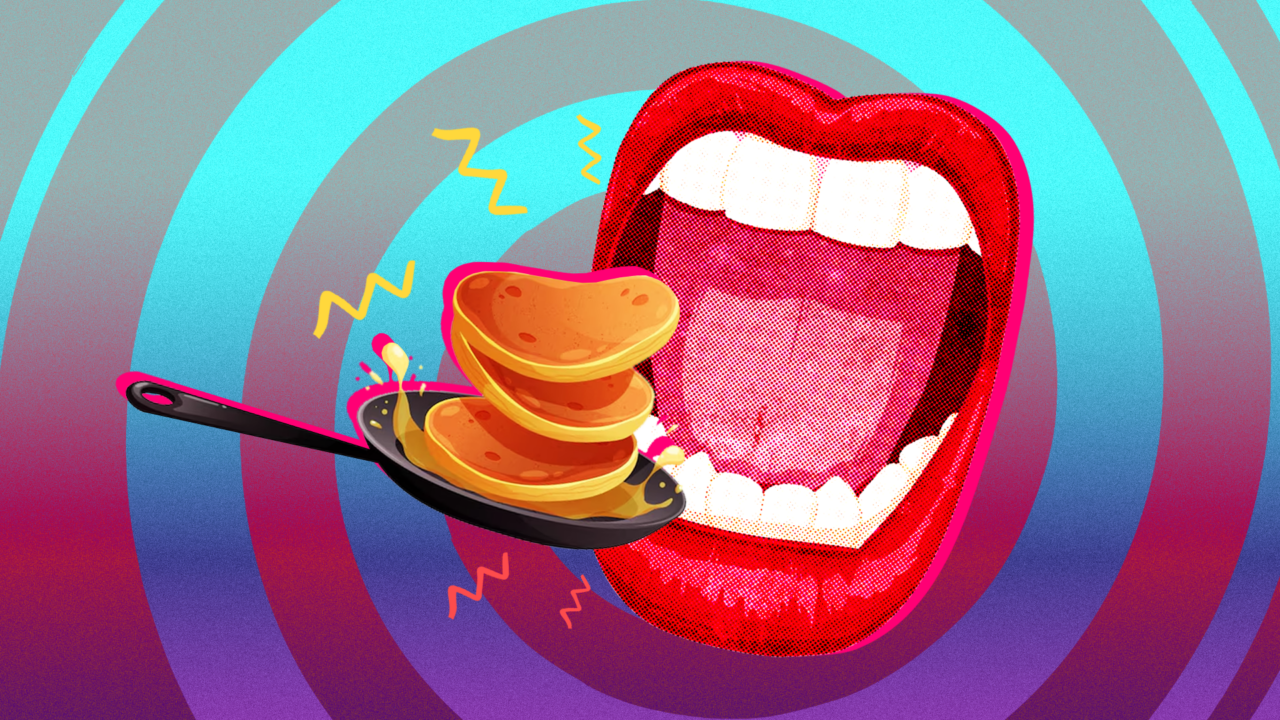The online convergence of food and fitness influencers on social media means that people are focusing on the protein and ‘fuel’ quotient of their quick-to-make meals, rather than delighting in the flavour of their culinary creations and the process of cooking them.
I vividly remember the first time I saw culinary skills depicted on-screen.
It was the infamous cheese toastie scene in Jon Favreau’s 2014 film Chef, during which the protagonist masterfully handles ordinary ingredients to produce something delicious.
One of the things I love so much about this movie – which sees Favreau himself play a chef who quits his restaurant job and buys a food truck to rekindle his creativity – is that you can tell he genuinely loves his food. He also actually looks like a chef, that is to say one with a healthy appetite who isn’t afraid to eat what he makes.
Now, I gave up meat in my early teens. This meant that my fascination with watching people cook – from Bake Off (the ultimate cure for SAD) to Binging With Babish – quickly transformed into hunting for cruelty-free recipes.
Through this, I came across Avantgardevegan and BOSH!, vegan chefs on a mission to prove that plant-based doesn’t automatically have to equate to plain or boring.
Then, of course, short-form cooking content took off and my curated social media feeds began showing me how to turn watermelon into ‘tuna’ steaks and tofu into scrambled ‘eggs’.
Yet despite the variations in expertise and flavour combinations these videos were presenting me with, something all-too samey became increasingly apparent with each watch: that all the people guiding me through these recipes were super slim or decidedly defined, with little in between.
Undeniably, it’s great that cooking is so accessible these days, particularly considering the bourgeois connotations tied to baking which isn’t helped by ‘middle-class’ bakeries overtaking the high street.
The plethora of ‘cheap’ and ‘versatile’ meals we’re told we can bring together in less than half an hour (often in a single pot) by a monotone voiceover is where this accessibility is most visible, the target audience being those who don’t have the time or energy to muster up an extravagant feast every day, as Yotam Ottolenghi would suggest we do in his weekly Guardian feature.
However, while content promoting healthy and budget-friendly meals that anyone with a kitchen can make at home is wonderful to see, what isn’t so good is the lack of representation of diverse body types among the people making them.
Though food influencing is hugely popular, it’s rare that creators show themselves tasting their creations – certainly not the way that Favreau does in Chef.
And though there are plenty of food influencers of all body types and backgrounds, why is it that the ones with the largest followings also happen to fit into the ‘conventionally attractive,’ slim, (usually white) box perpetuated by outdated beauty standards?




















